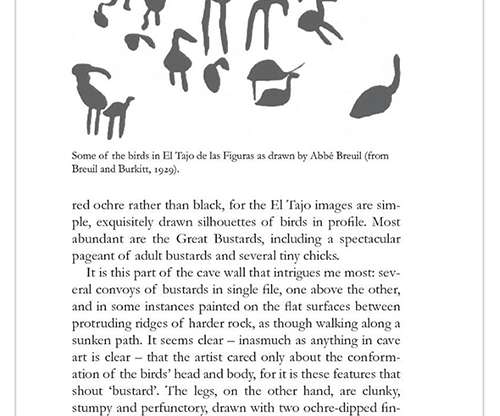Birds and Us: A 12,000 Year History from Cave Art to Conservation–A Book Review
10,000 Birds
SEPTEMBER 6, 2022
Birkhead focuses on those stories that both illustrate each chapter’s theme and clearly have meaning to him, and though the Birds and Us of the title primarily refers to how we, humans, observe and value birds, there are forays into birds and art, literature, medicine, food, religion, and biography.














Let's personalize your content